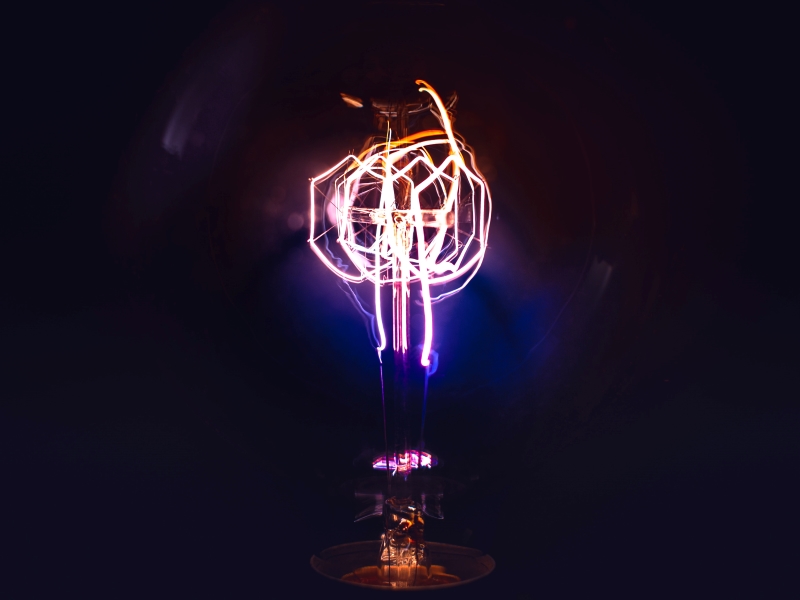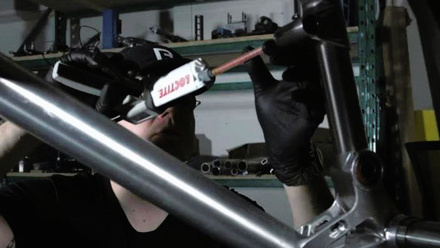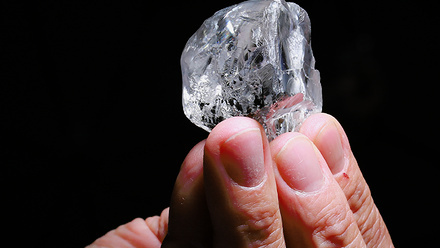Theoretical step forward in thermoelectric material
A theoretical step in thermoelectric materials to better harness waste heat for sustainable energy has been made by EPFL researchers in Switzerland.

Computational work from the laboratory of Theory and Simulation of Materials (THEOS) has reportedly unravelled the fundamental theories behind one of the technologies used to enhance the efficiency of thermoelectric conversion, paving the way for better material selection and faster, more cost-effective discovery processes.
Thermoelectric devices offer the potential to convert waste heat into sustainable electricity.
However, maximising the efficiency of thermoelectric conversion has proven challenging due to the lack of underlying theories of heat conduction in materials with poor thermal conductivity.
To tackle this challenge, the EPFL team say research focused on a class of crystals known as skutterudites, which have a unique cage-like atomic structure and are known to be promising materials for thermoelectric conversion. They increase their thermoelectric efficiency when supplementary atoms, referred to as 'rattlers', are added into their atomic cages.
With the new model, the researchers report observing the expected significant reduction in heat transfer and predicted the phenomenon with extreme precision without the need for any empirical data.
“We found, for the first time, that these rattler atoms cause a transition in how heat is conducted within the crystals, switching from particle-like conduction to wave-like tunnelling,” says Enrico Di Lucente, researcher at THEOS.
This paves the way for designing novel materials with ultralow thermal conductivity without the need for costly empirical trials.






